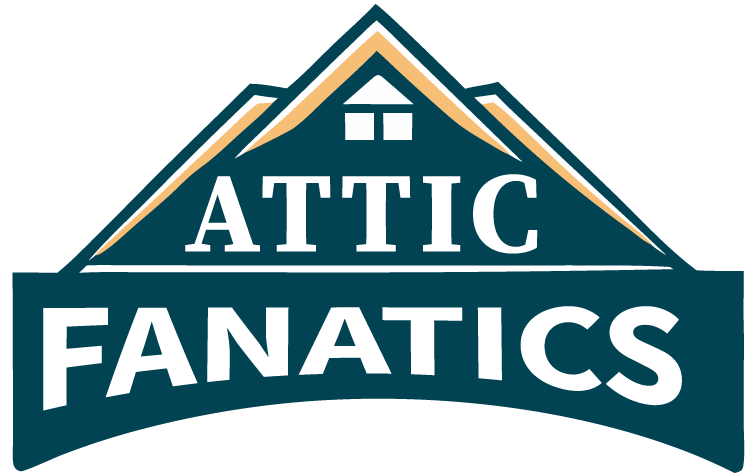Why Remove Old Attic Insulation First?
When upgrading your home’s insulation, removing the old material is a crucial first step. Many homeowners believe that simply adding new insulation on top of the old one will improve energy efficiency, but this approach can lead to a host of issues, from trapped moisture and mold growth to poor thermal performance. Attic insulation removal is essential for ensuring that your new insulation can function effectively, providing maximum energy savings and improved air quality.
The Risks of Leaving Old Insulation in Place
Old insulation can accumulate dust, allergens, and even contaminants like mold and rodent droppings over time. If left in place, these pollutants can circulate through your home, negatively affecting indoor air quality. Additionally, degraded insulation may already be compressed or damaged, reducing its ability to regulate temperature and forcing your HVAC system to work harder, increasing energy costs. Before investing in new insulation, it is vital to ensure that the old material is completely removed to prevent these issues from persisting.
Energy Efficiency and Cost Savings
One of the primary reasons to remove old insulation before upgrading is to enhance energy efficiency. If outdated insulation remains in place, it can create gaps and uneven coverage, leading to heat loss in the winter and excessive heat retention in the summer. This inefficiency results in higher energy bills and a less comfortable home environment. The cost to remove and replace attic insulation may seem like an added expense, but the long-term savings on energy bills make it a wise investment.
Identifying Damaged or Contaminated Insulation
In many cases, old insulation has been compromised due to moisture damage, mold growth, or pest infestations. Water leaks from the roof can cause insulation to become saturated, reducing its effectiveness and leading to potential structural damage. Likewise, pests such as rodents and insects often nest in attic insulation, leaving behind waste that can pose serious health risks. Insulation removal allows professionals to assess the condition of your attic, address any issues, and install fresh, high-quality insulation.
Removing Spray Foam Insulation from Roof Structures
If your attic has spray foam insulation that needs replacement, special care must be taken during the removal process. Removing spray foam insulation from roof surfaces requires expertise to avoid damaging the underlying structure. Professional removal ensures that all traces of old spray foam are eliminated without compromising the integrity of your attic’s framework.
Ensuring a Clean and Healthy Attic Environment
A clean attic is essential for maintaining a healthy home environment. Attic insulation removal eliminates built-up dust, allergens, and other contaminants, improving indoor air quality. Once the old insulation is removed, the attic can be properly sanitized, preventing mold growth and discouraging future pest infestations. Attic Fanatics specializes in thorough attic cleaning and insulation removal, ensuring a fresh start before installing new insulation materials.
Professional Insulation Removal Services in South Florida
For homeowners in South Florida, working with an experienced attic insulation removal company is the best way to ensure a safe and efficient upgrade. At Attic Fanatics, we provide expert insulation removal services, using industry-leading techniques to extract old insulation without spreading contaminants throughout your home. Our team ensures that your attic is fully prepped for new insulation, optimizing energy efficiency and home comfort.
A Necessary Step for Effective Insulation Upgrades
Upgrading attic insulation is a smart investment, but it must start with the proper removal of old materials. Failing to remove outdated insulation can lead to reduced energy efficiency, poor air quality, and hidden structural issues. Ensuring thorough attic insulation removal before installing new insulation sets the foundation for long-term energy savings and a healthier home environment.











